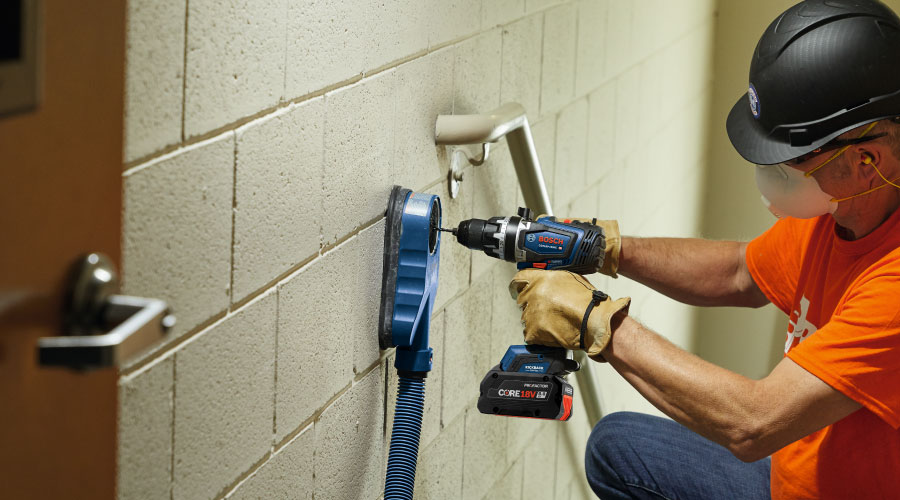Backup UPS System Maintenance Matters
The failure of a backup power system in an institutional or commercial facility could cause the loss of productivity, revenue and even human life. As a result of these high stakes, maintenance and engineering managers must ensure they provide a reliable flow of power to support critical systems and equipment, especially in emergencies.
In many facilities, a standby generator system supports crucial life-safety systems, such as egress lighting and fire alarm, that enable occupants to safely evacuate a building. In health care facilities, these systems also support essential life-support and other equipment.
In facilities with critical computer and technology loads, uninterruptible power supplies (UPS) are part of the standby power-distribution system. These systems include auxiliary equipment, such as transfer switches and fuel tanks.
But even modern facilities that are designed according to codes to provide backup power systems with appropriate levels of redundancy will have a high probability of failure if technicians do not properly test and maintain these essential systems.
Troubleshooting Tips
Prior to the testing and maintenance of backup power systems, technicians need to investigate potential locations and environmental causes of failure. Is key equipment located below flood level? Is it located below seismically unsafe objects or in an area with insufficient air flow? Assuming the system's designers and installers resolved any location and environmental issues prior to installation, managers can focus on testing and maintenance.
Just as a chain is only as strong as its weakest link, a standby power-distribution system is only as strong as its weakest link. A 5 megawatt (mW) generator distribution system can fail because of an incorrect fuse, a loose wire connection, or a lack of fuel.
It is important that technicians address all system components both individually and as a system. Standby power systems typically contain cooling, fuel, battery/charging, engine, and distribution subsystems, which all have their own unique testing and maintenance requirements.
Focus On System Failure
Among the most common causes of failure in generator and UPS distribution systems are these:
- incomplete system commissioning that fails to identify installation or control-logic errors
- equipment not returned to proper operational state after testing, maintenance or alarms
- generator failure to start, due to old, discharged or poorly maintained batteries
- battery charger breaker turned off
- low fluid levels or fluid leaks
- exhaust system failure due to wet stacking, or running generators under low load that causes the accumulation of carbon particles, unburned fuel, oil and condensed water in the exhaust system
- insufficient reserve of fuel or deteriorating fuel quality
- operational failure of ventilation louvers.
Related Topics:













